Panayiotis Smeros
SciClops: Detecting and Contextualizing Scientific Claims for Assisting Manual Fact-Checking
Oct 25, 2021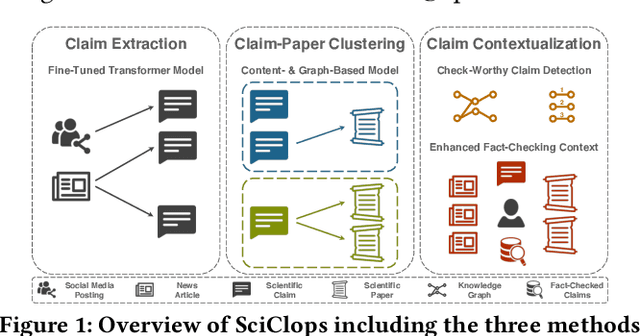

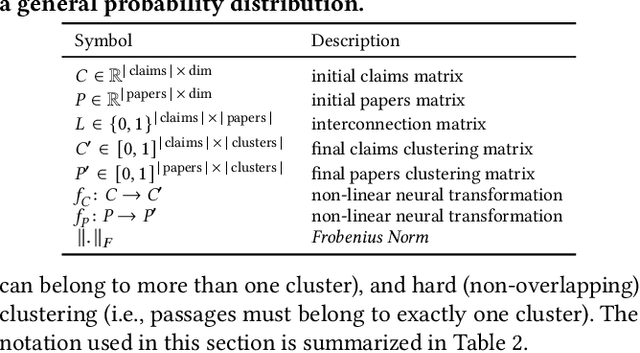
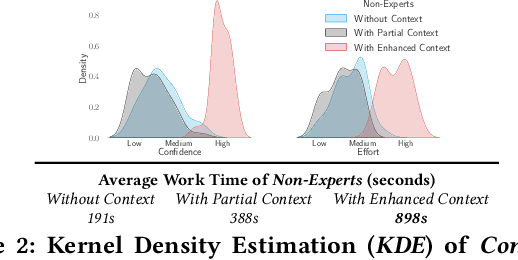
Abstract:This paper describes SciClops, a method to help combat online scientific misinformation. Although automated fact-checking methods have gained significant attention recently, they require pre-existing ground-truth evidence, which, in the scientific context, is sparse and scattered across a constantly-evolving scientific literature. Existing methods do not exploit this literature, which can effectively contextualize and combat science-related fallacies. Furthermore, these methods rarely require human intervention, which is essential for the convoluted and critical domain of scientific misinformation. SciClops involves three main steps to process scientific claims found in online news articles and social media postings: extraction, clustering, and contextualization. First, the extraction of scientific claims takes place using a domain-specific, fine-tuned transformer model. Second, similar claims extracted from heterogeneous sources are clustered together with related scientific literature using a method that exploits their content and the connections among them. Third, check-worthy claims, broadcasted by popular yet unreliable sources, are highlighted together with an enhanced fact-checking context that includes related verified claims, news articles, and scientific papers. Extensive experiments show that SciClops tackles sufficiently these three steps, and effectively assists non-expert fact-checkers in the verification of complex scientific claims, outperforming commercial fact-checking systems.
On Representation Learning for Scientific News Articles Using Heterogeneous Knowledge Graphs
Apr 12, 2021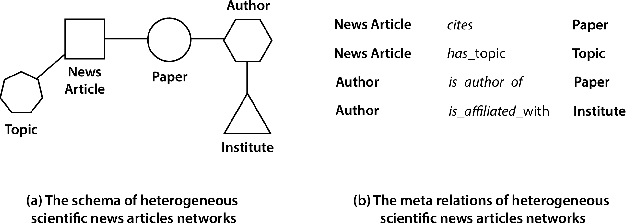
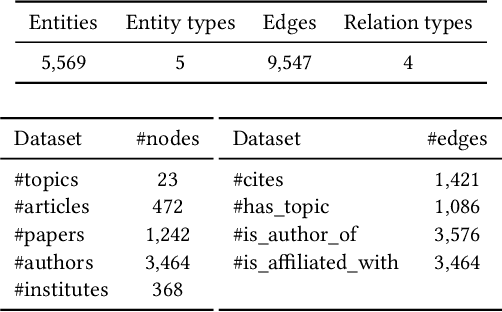

Abstract:In the era of misinformation and information inflation, the credibility assessment of the produced news is of the essence. However, fact-checking can be challenging considering the limited references presented in the news. This challenge can be transcended by utilizing the knowledge graph that is related to the news articles. In this work, we present a methodology for creating scientific news article representations by modeling the directed graph between the scientific news articles and the cited scientific publications. The network used for the experiments is comprised of the scientific news articles, their topic, the cited research literature, and their corresponding authors. We implement and present three different approaches: 1) a baseline Relational Graph Convolutional Network (R-GCN), 2) a Heterogeneous Graph Neural Network (HetGNN) and 3) a Heterogeneous Graph Transformer (HGT). We test these models in the downstream task of link prediction on the: a) news article - paper links and b) news article - article topic links. The results show promising applications of graph neural network approaches in the domains of knowledge tracing and scientific news credibility assessment.
SciLens: Evaluating the Quality of Scientific News Articles Using Social Media and Scientific Literature Indicators
Mar 13, 2019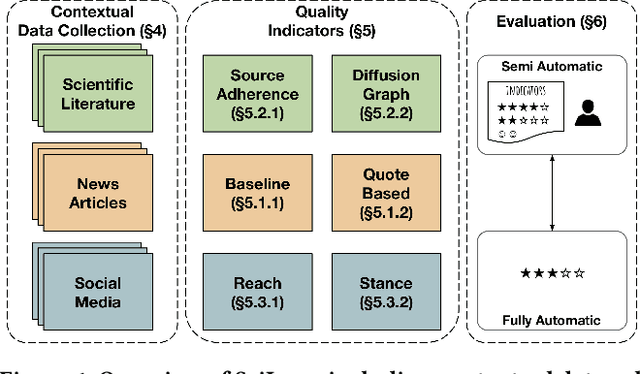

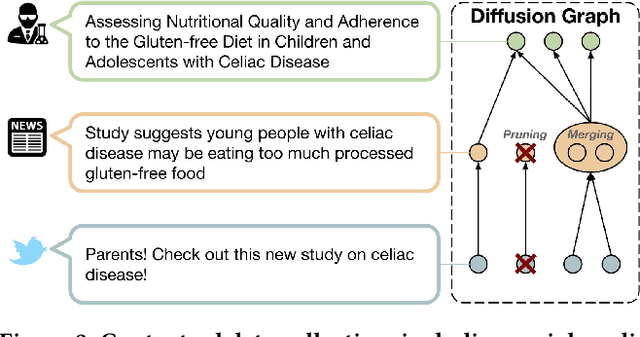

Abstract:This paper describes, develops, and validates SciLens, a method to evaluate the quality of scientific news articles. The starting point for our work are structured methodologies that define a series of quality aspects for manually evaluating news. Based on these aspects, we describe a series of indicators of news quality. According to our experiments, these indicators help non-experts evaluate more accurately the quality of a scientific news article, compared to non-experts that do not have access to these indicators. Furthermore, SciLens can also be used to produce a completely automated quality score for an article, which agrees more with expert evaluators than manual evaluations done by non-experts. One of the main elements of SciLens is the focus on both content and context of articles, where context is provided by (1) explicit and implicit references on the article to scientific literature, and (2) reactions in social media referencing the article. We show that both contextual elements can be valuable sources of information for determining article quality. The validation of SciLens, done through a combination of expert and non-expert annotation, demonstrates its effectiveness for both semi-automatic and automatic quality evaluation of scientific news.
 Add to Chrome
Add to Chrome Add to Firefox
Add to Firefox Add to Edge
Add to Edge